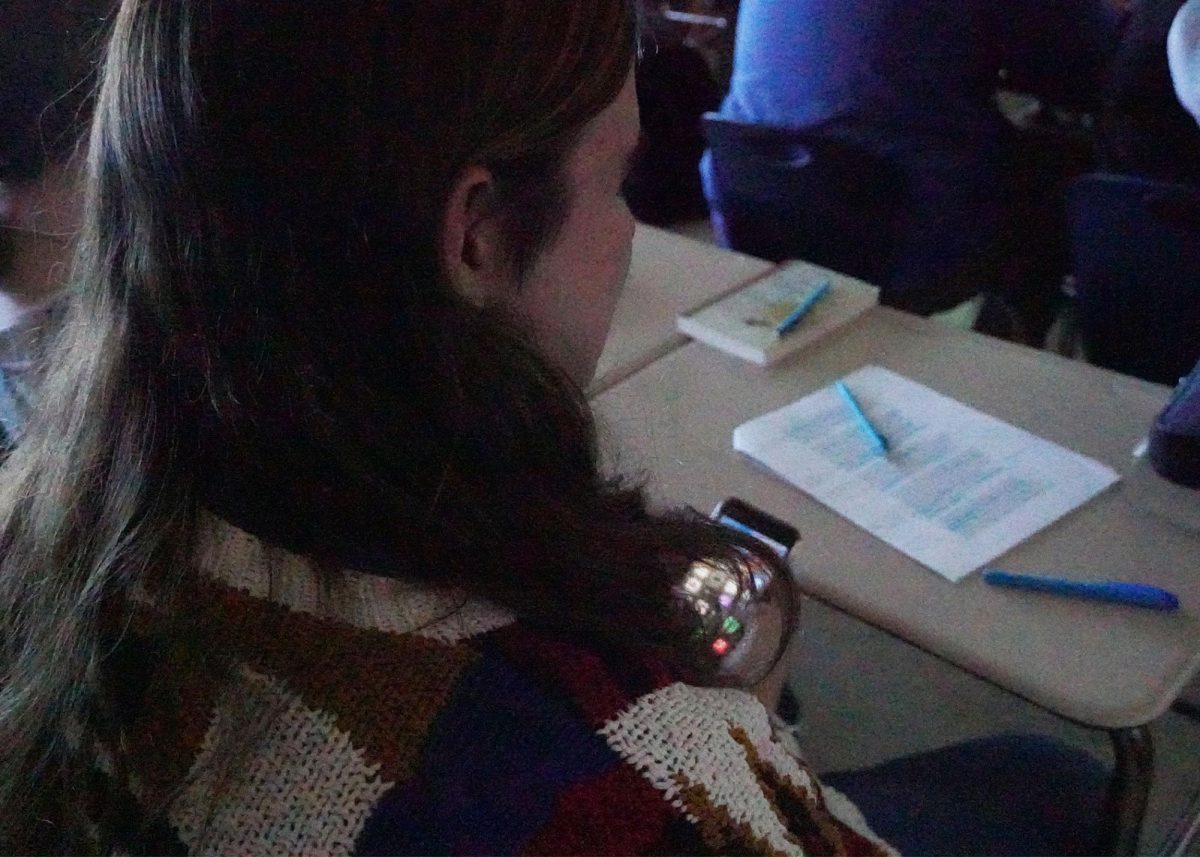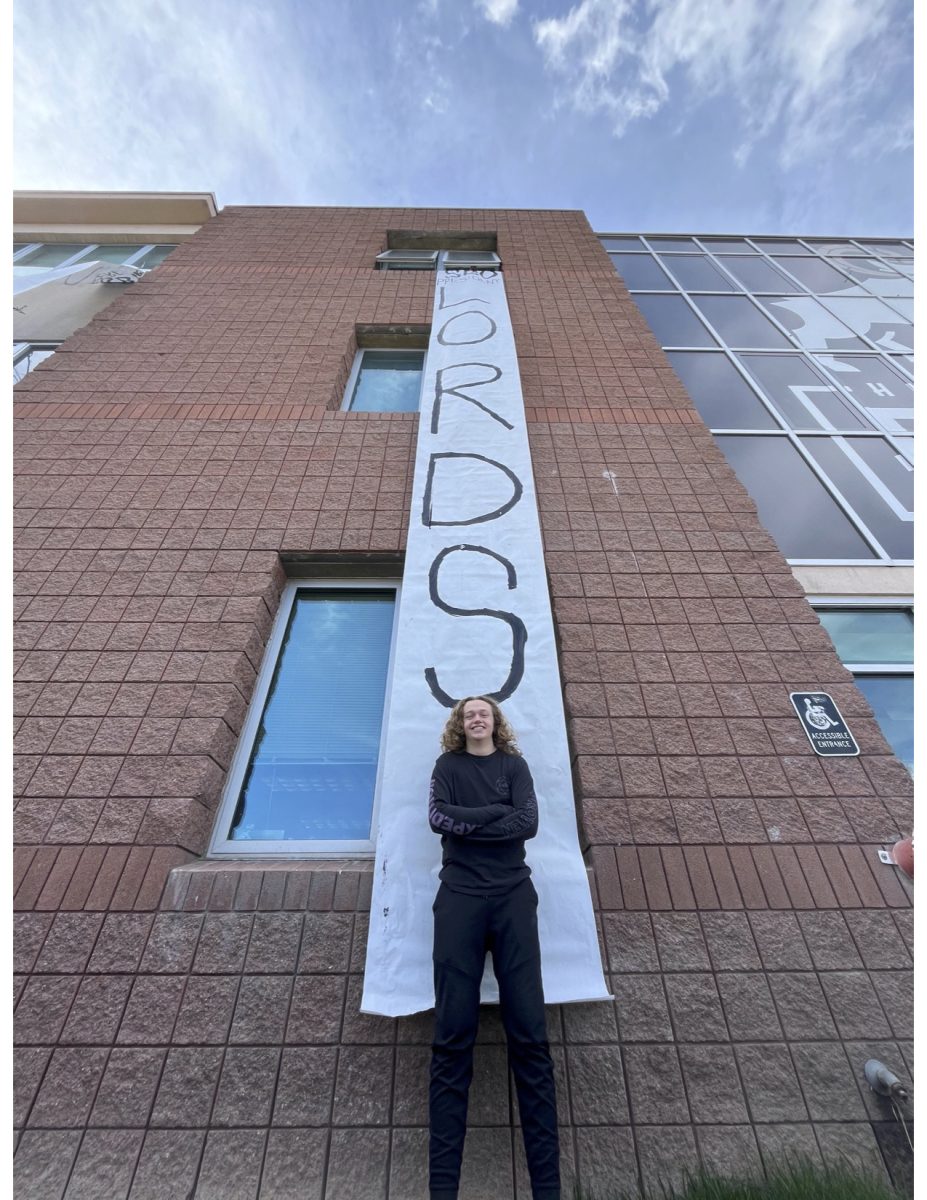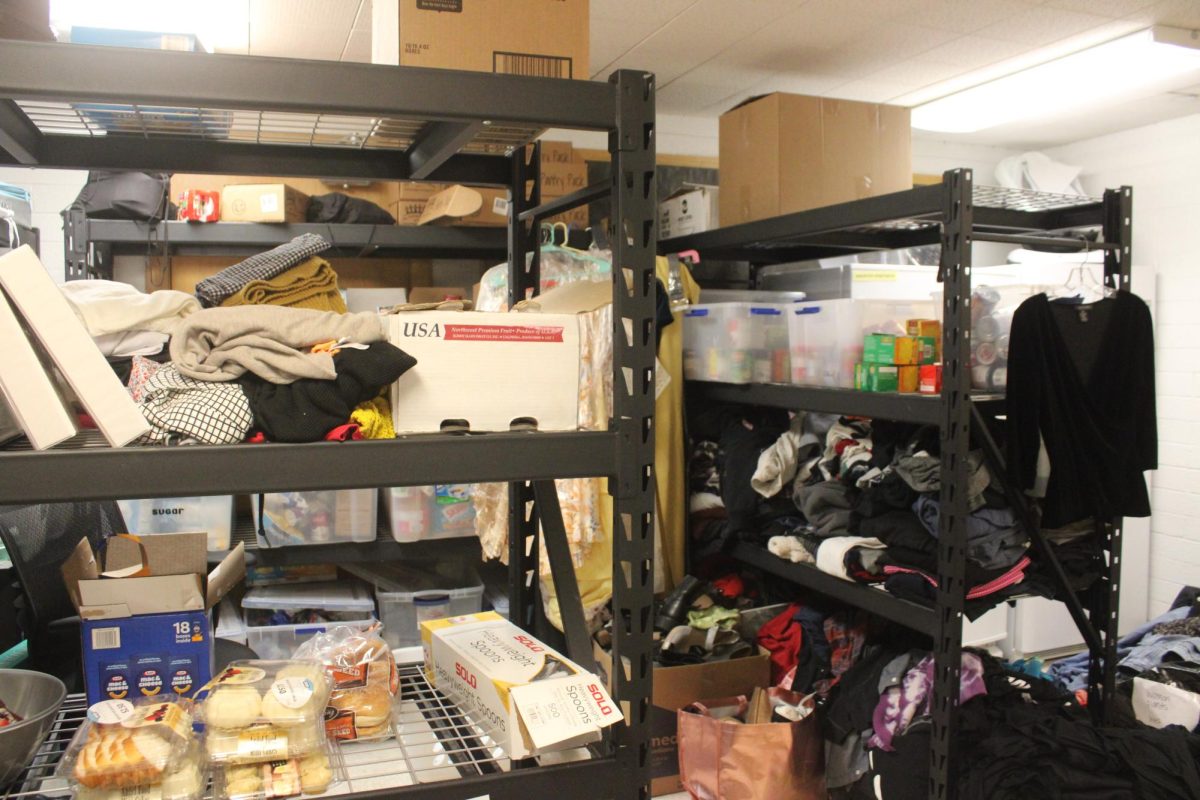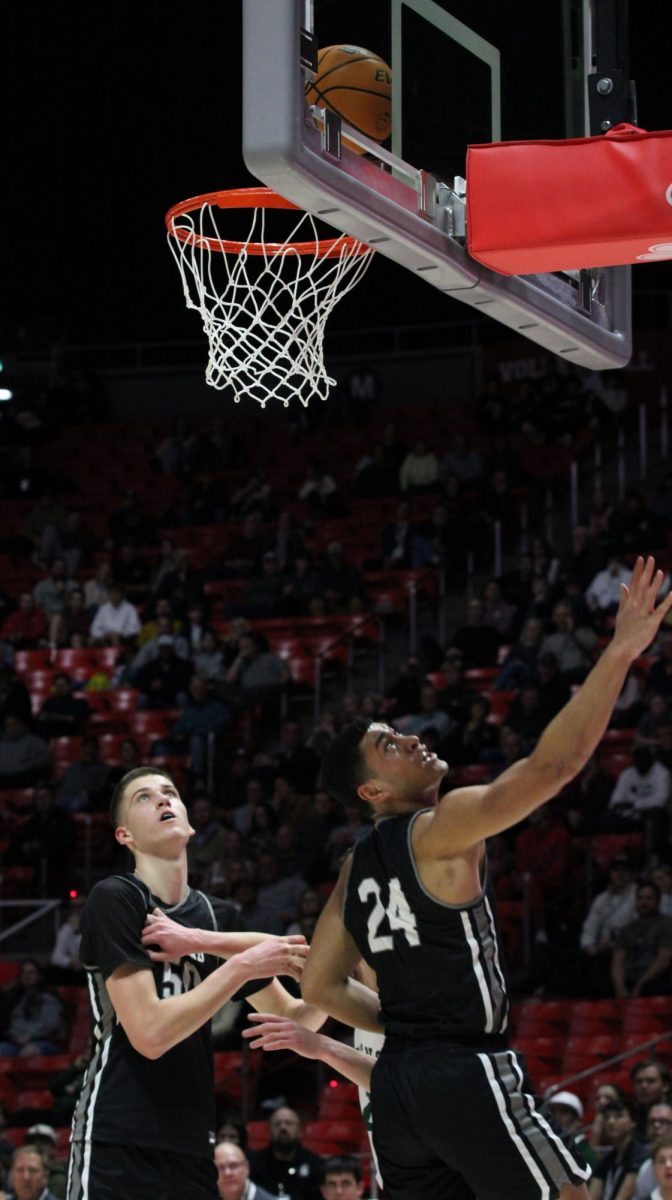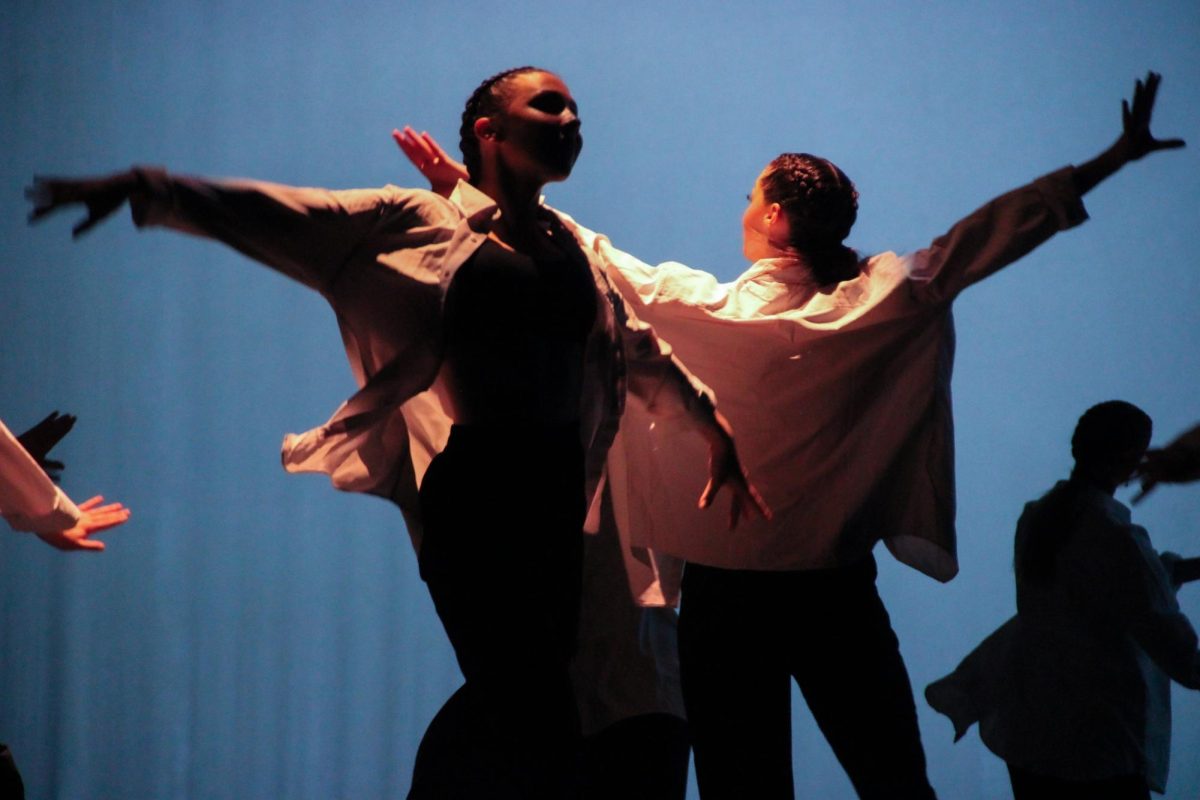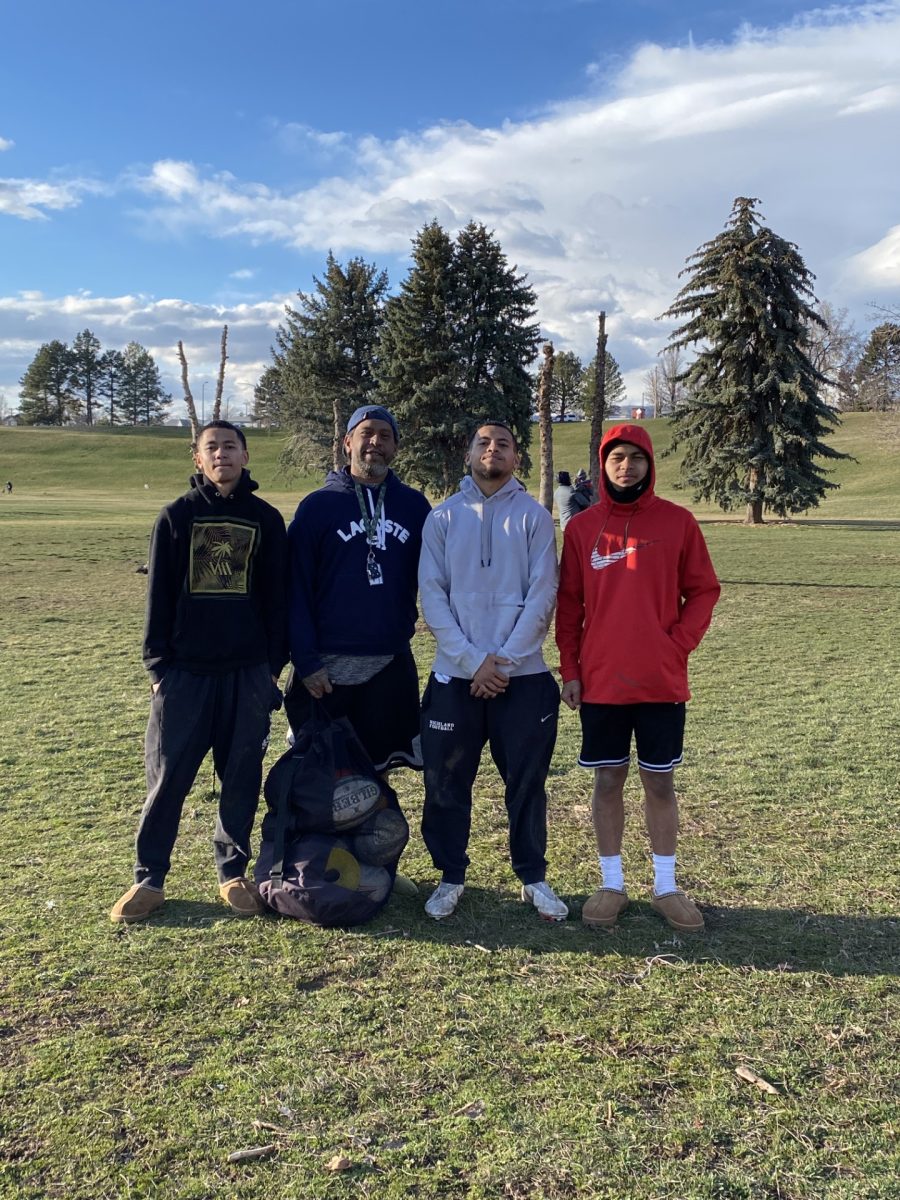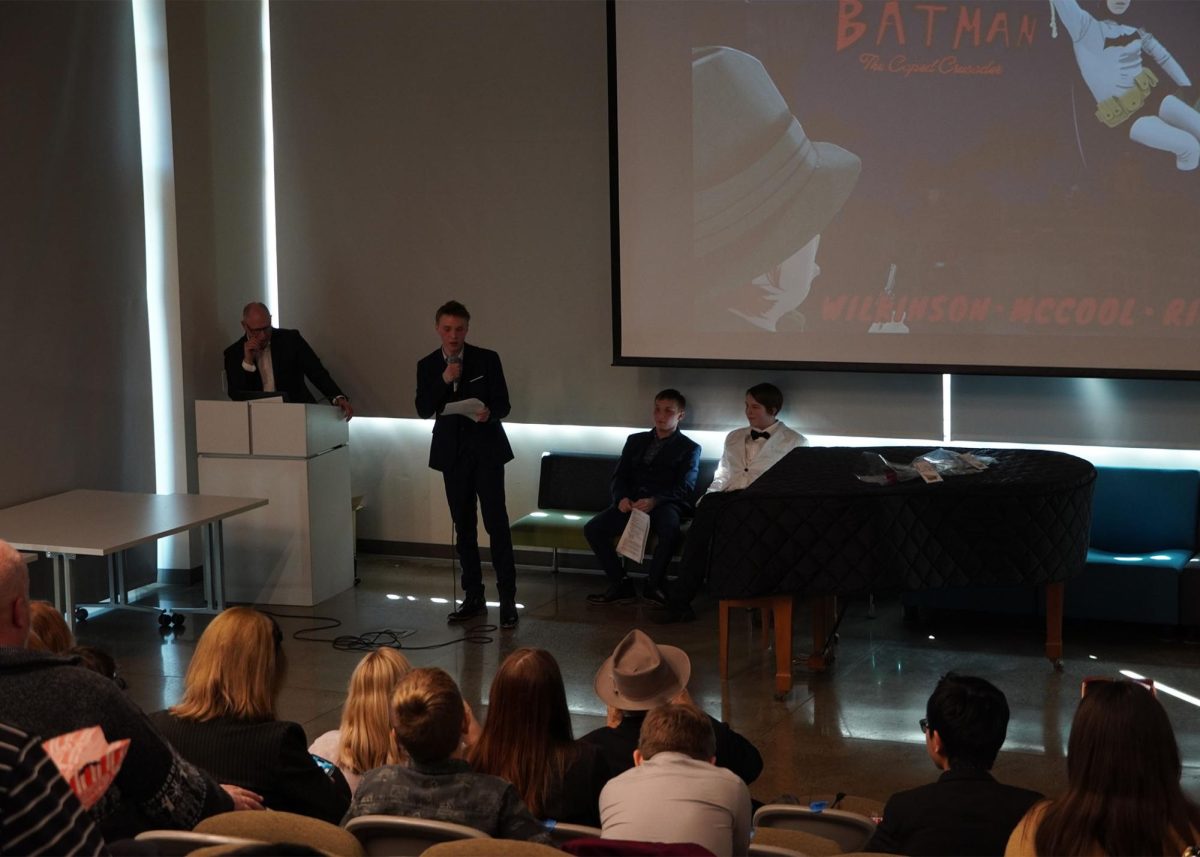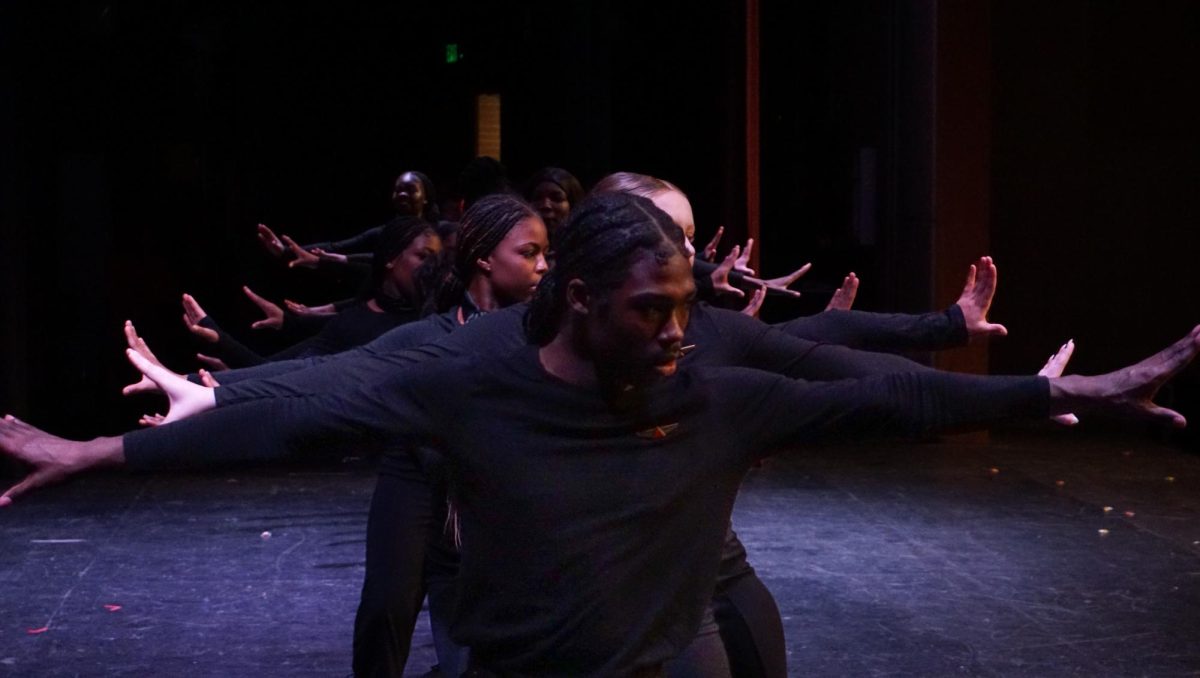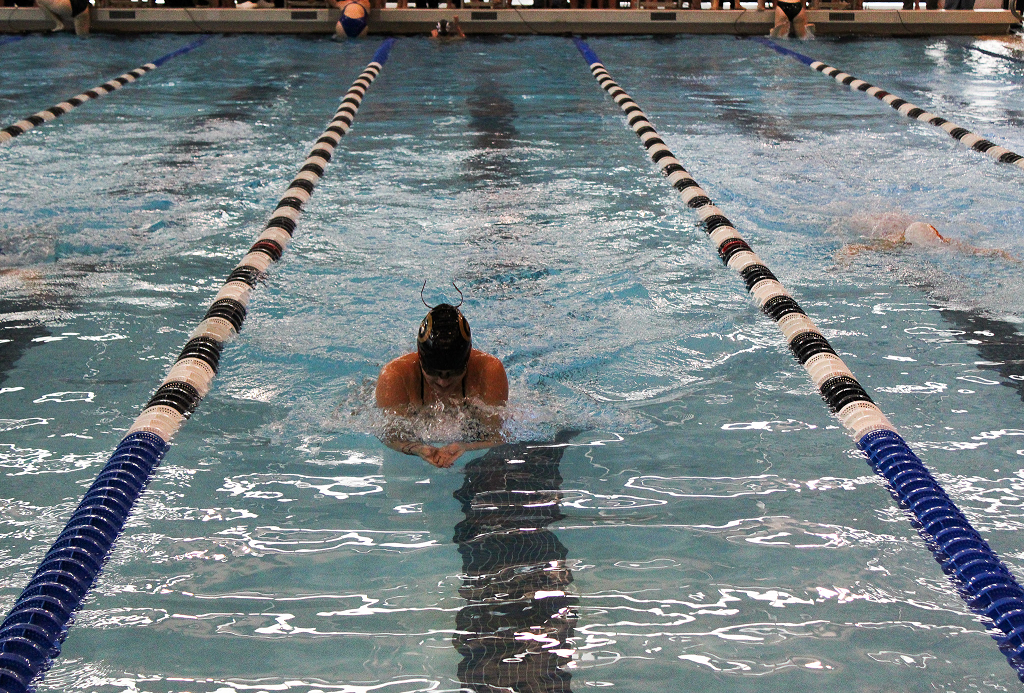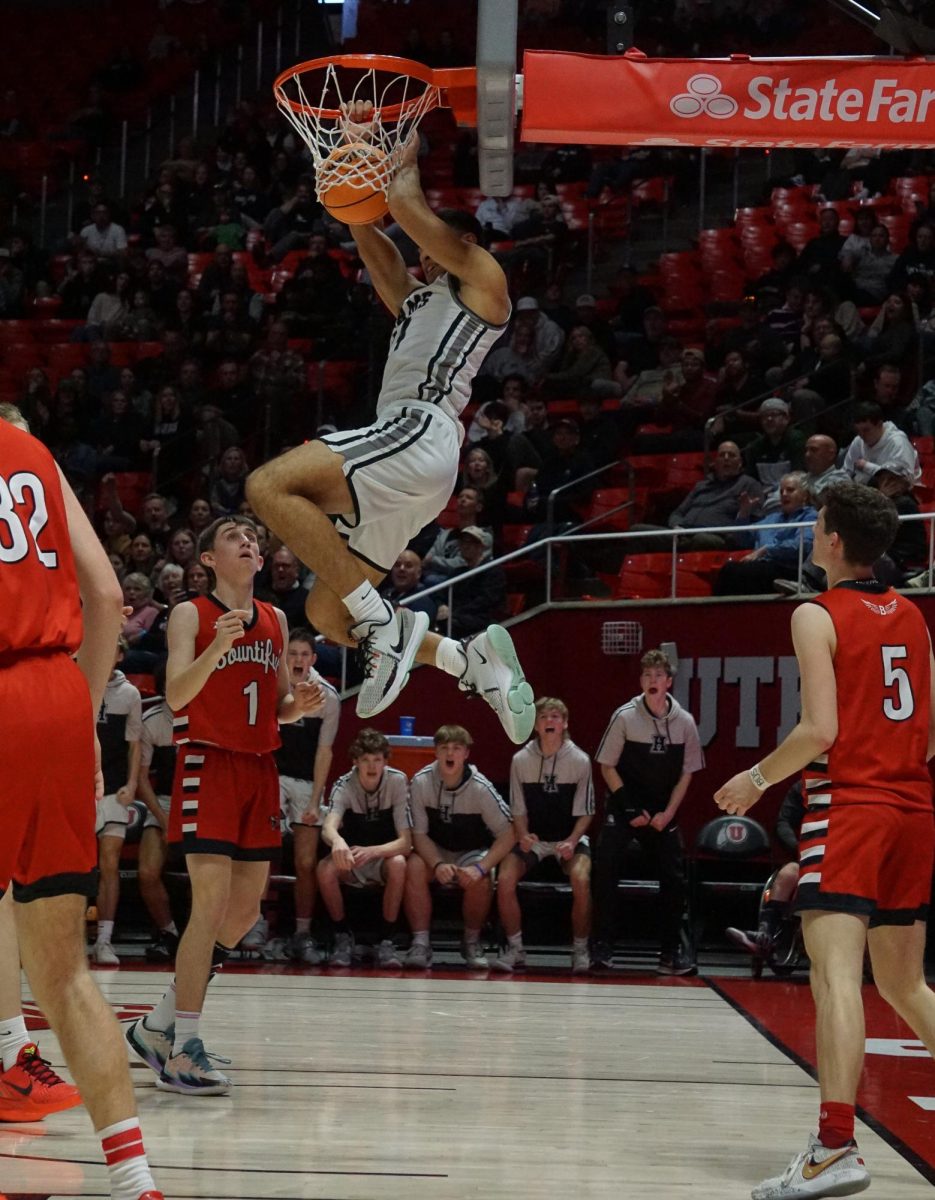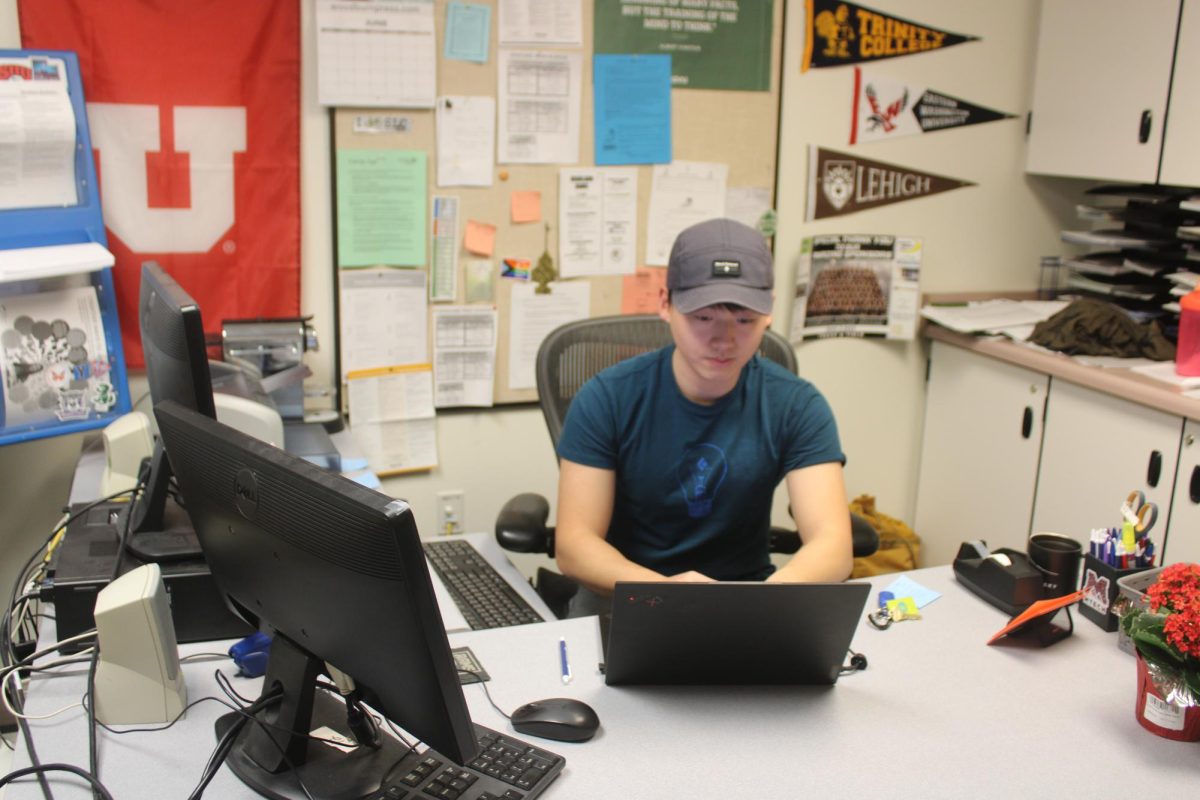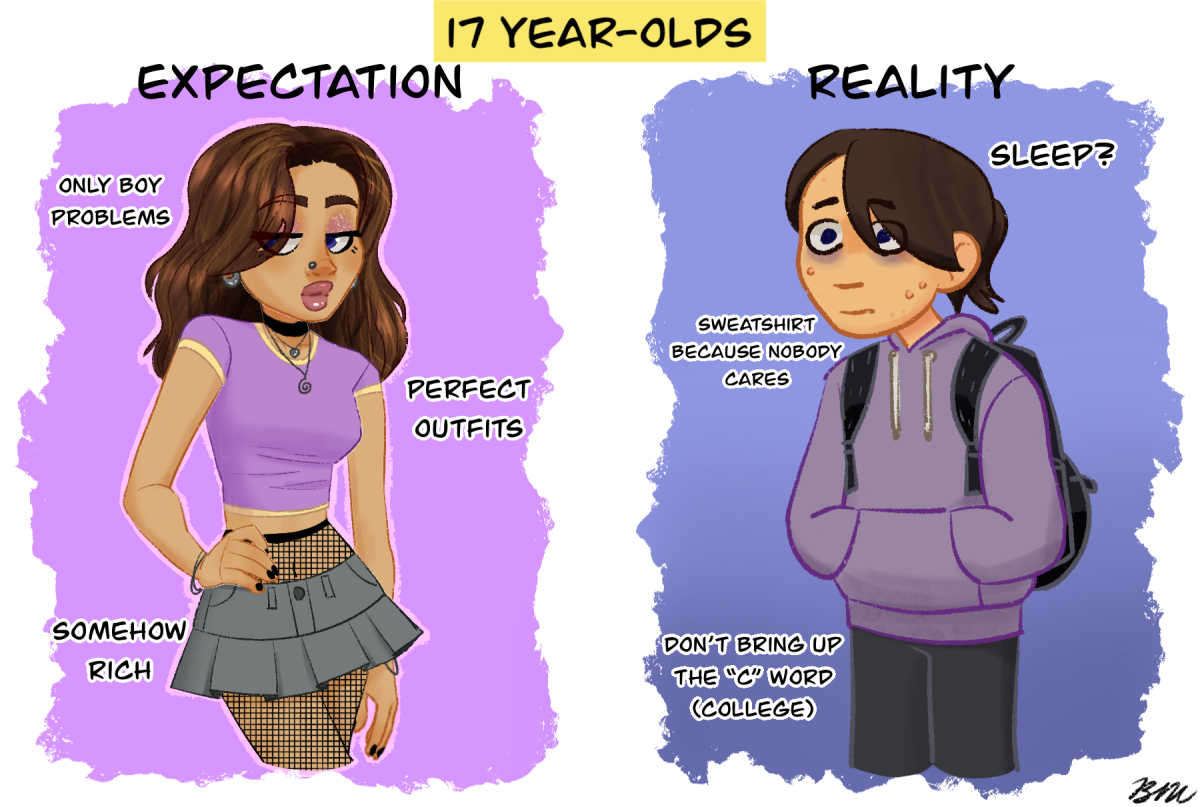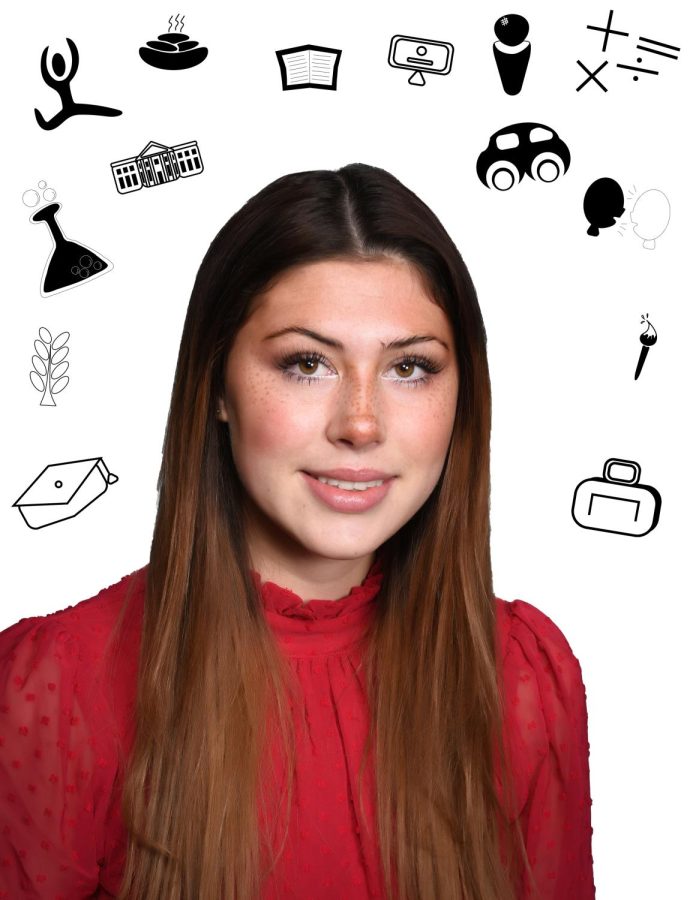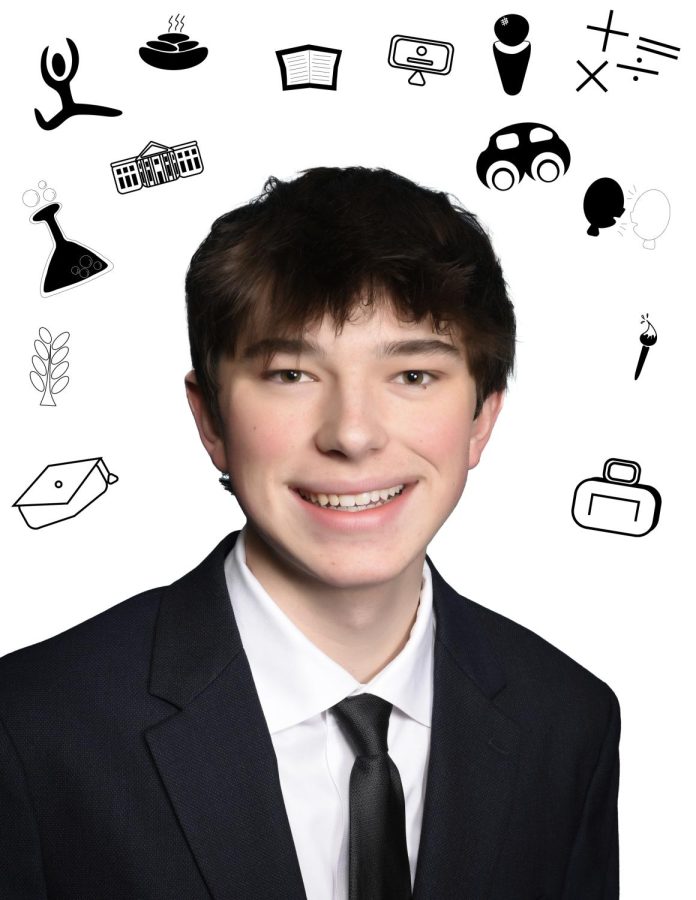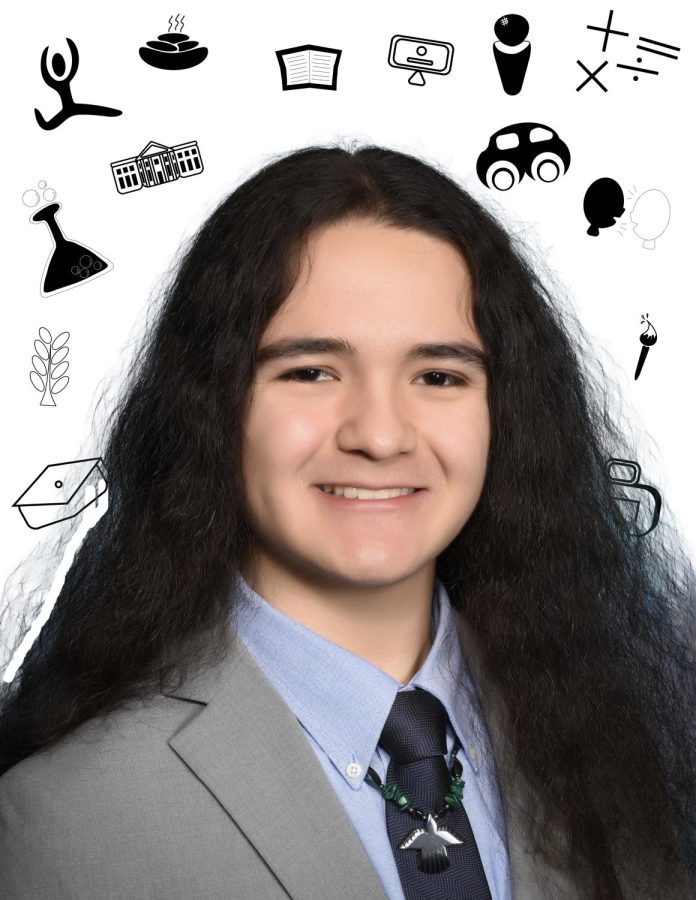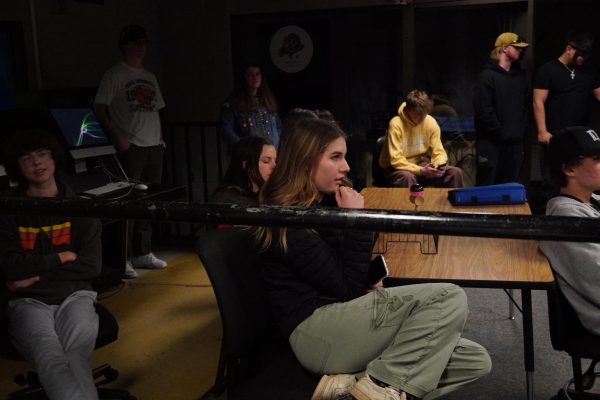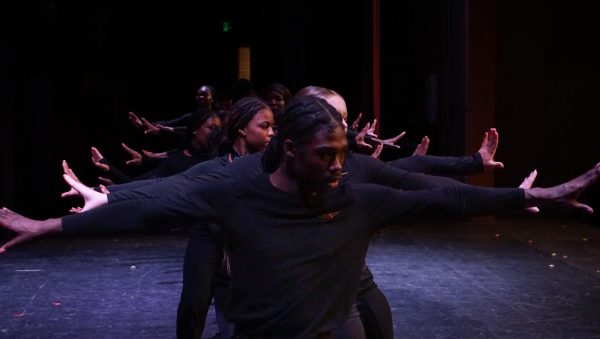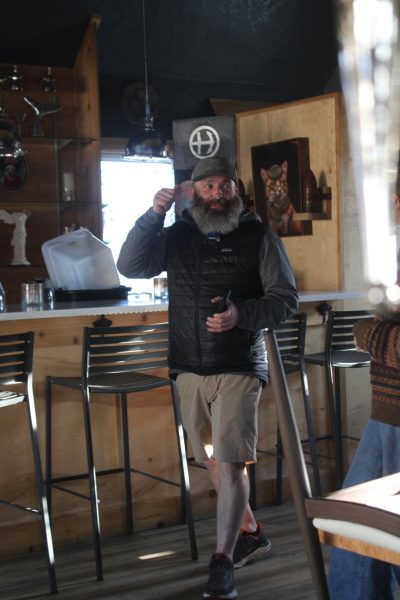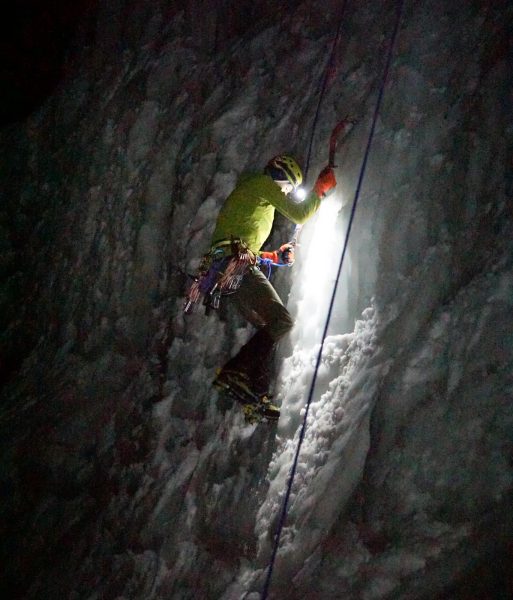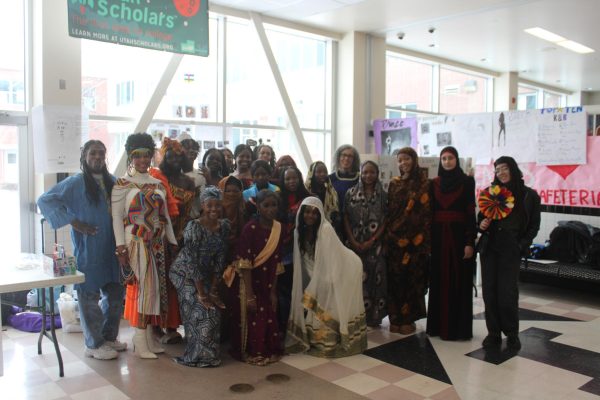Halloween Offers Strange Look Into American Culture
November 6, 2018
Waking up from a nap, Islam Ibrahim did not expect to see what came to her door. A person covered in fabric from head to toe except for their eyes, someone else wearing horns, and others that were bleeding and looked like they needed help.
Where Americans might not think twice about a holiday like Halloween, Ibrahim found it quite strange.
“I was like, ‘what?’” Ibrahim said. “In my country we don’t have this kind of scary stuff.”
Ibrahim came to the U.S. over three years ago from Sudan. There the biggest holidays they celebrated were Eid and Ramadan. She was not the only one that found this American tradition scary. When people came knocking on the door and saying “trick or treat”, her little brother was at first curious as to who it could be.
However, when what he saw looked like it came out of some horror movie he ran inside the house and did not go near the door for the rest of that night. Her older brother was not as scared and gave the trick or treaters candy.
As the family has gotten used to life here in America, they have become more comfortable with the customs and holidays here. For the first time, Ibrahim’s sister Amina participated in Halloween last year.
“I went trick or treating with friends and it was cool,” Amina said.
For refugees and immigrants, strange costumes and Halloween are usually the least of their problems. Coming to a new country can be incredibly difficult. Cultural and lifestyle differences make it hard to adapt.
ESL student and family advocate Victoria Saley works with the refugee students and helps guide them through their high school experience and understand the rules of school. She helps them track their grades, attendance, and solve any problems they might run into. Things that we would not even think twice about can become big issues for them. Items like disclosures often need to be explained as these students do not know what they and their parents are signing for. Something as simple as needing a shoebox for a class assignment can bring up a lot of issues.
Not everyone has a shoebox laying around in their homes and if you are new to the culture it can be hard to find one. She has had experiences when refugee students thought that in order to get a new shoebox they would have to buy a new pair of shoes, which was problematic because their families did not have the means to do that at the time. Of course, none of that was necessary and Saley had to explain to them where they could find a box.
“There is a whole American culture and there is a school culture to learn,” Saley said. “We need to help them understand what is expected at school. We also need to try and help educate their parents in understanding how to help them and the school process.”
Last year, there was a big issue that came up when ESL students would get calls saying they owed money. Not knowing that it was not actually the IRS or the government calling, some students and their families got scared and were preparing to pay. Saley had to explain to them that it was scammers and they should not worry about it.
There are so many complex problems that these students and their families face. Refugee families are given a case worker once they come to the U.S. who stays with them for two years. However, after the two years the families are on their own and are expected to pay back things like the airfare that brought them to their new homes. Even after the help of the case worker, there are many problems that they still face.
Language is more often than not the biggest barrier. Here in Utah, there are many organizations and programs set to help these families with things like English language classes, but it can be hard when transportation and money are issues. Saley works with the ESL teachers to get the word out about different programs including some at Highland like Real Life after school tutoring for ESL students.
They also encourage the community to donate things like clothes, food, and books to help students out. Currently, the ESL program is looking for donations of easy to read books that tell stories so that students are engaged and can recount those stories rather than books that tell them stuff like alphabet books.
Getting through cultural, and sometimes geographical, differences makes up a lot of the battle when these students come here. Freshman Sarah Bashir had to learn a whole new way of writing. In Arabic they write from right to left and to learn to write in a different direction was extremely hard for her.
“The writing is so different,” Bashir said. “I would start to write this way [from right to left] and [I would be told] to write the other way around. I was like ‘that’s weird, I never knew that.’”
Coming to the U.S was also the first time she had seen snow. For a lot of the refugee and immigrant students having to get used to big heavy coats was hard at first. Sophomore Eh Tor’s family came from Myanmar, due to instability and violence against their ethnicity, to Thailand where she was born and raised.
“There was no snow in Thailand,” Eh Said. “It [snow] was pretty, but it was cold.”
Interactions between people take different forms around the world than they do in the U.S. In Thailand respect for your elders is something that is heavily emphasized.
“In Thailand if you don’t respect the teacher, the teacher can hit you with anything she can find like a stick,” Eh said. “But here the teachers don’t do that.”
Even strangers are expected to be treated with respect if they are older than you. Sometimes refugee students have to be taught how sanitation is done in the U.S. because it is different in other places of the world. On top of learning everything, their experiences can be harder when their culture clashes with each other. Where Ibrahim is from in northern Sudan, school is closed during Ramadan and everyone fasts from sun up to sun down. Yet, when she came here to the U.S. it was as if nothing was going on during the holiday.
“[Back in Sudan] we have a river close to the house and we go out there during Ramadan to pray,” Ibrahim said. “Here during Ramadan we have school, but its fine.”
Many people all over the world do not always have the luxury of going to a store to get food. Often they grow it and that is how they eat. Plants like mango and banana trees were grown near Ibrahim’s home and people would go out and pick something. Animals that are not often seen on a regular basis in the U.S. like goats and donkeys were common place in Sudan. In fact, children would often been seen playing around with these animals like people play with dogs here.
Despite the obstacles they face when they come here, refugee students are often the first in their families to pick up English faster and, using the things they learn, assist their families in navigating their new lives. The biggest thing that these students learn through their experiences is to adapt and that is key to thriving anywhere. There might be stuff that is different, but with time they get used to these differences yet still find ways to keep their cultures and traditions a part of their lives. Language is more often than not the biggest barrier.
In Utah, there are many organizations and programs set to help these families with things like English language classes, but it can be hard when transportation and money create extra barriers. Saley works with the ESL teachers to get the word out about different programs, including some at Highland like Real Life after school tutoring for ESL students.
They also encourage the community to donate things like clothes, food, and books to help students out. Currently, the ESL program is looking for donations of easy to read books that tell stories so that students are engaged and can recount those stories.
Getting through cultural, and sometimes geographical, differences makes up a lot of the battle when these students come here. Freshman Sarah Bashir had to learn a whole new way of writing. In Arabic they write from right to left and learning to write in a different direction was extremely hard for her.
“The writing is so different,” Bashir said. “I would start to write this way [from right to left] and [I would be told] to write the other way around. I was like ‘that’s weird, I never knew that.’”
Coming to the U.S was also the first time she had seen snow. For a lot of the refugee and immigrant students having to get used to big heavy coats was hard at first. Sophomore Eh Tor’s family moved from Myanmar, due to instability and violence against their ethnicity. They went Thailand where she was born and raised.
“There was no snow in Thailand,” Eh Tor Said. “It [snow] was pretty, but it was cold.”
Interactions between people take different forms around the world than they do in the U.S. In Thailand, respect for your elders is something that is heavily emphasized.
“In Thailand, if you don’t respect the teacher, the teacher can hit you with anything she can find like a stick,” Eh Tor said. “But here the teachers don’t do that.”
Even strangers are expected to be treated with respect if they are older than you. Sometimes, refugee students have to be taught how sanitation is done in the U.S. because it is different in other places of the world. On top of learning everything, their experiences can be harder when their culture clashes with each other. Where Ibrahim is from in northern Sudan, school is closed during Ramadan and everyone fasts from sun up to sun down. Yet, when she came here to the U.S. it was as if nothing was going on during the holiday.
“[Back in Sudan] we have a river close to the house and we go out there during Ramadan to pray,” Ibrahim said. “Here during Ramadan we have school, but its fine.”
Many people all over the world do not always have the luxury of going to a store to get food. Often they grow it and that is how they eat. Plants like mango and banana trees were grown near Ibrahim’s home and people would go out and pick something. Animals that are not often seen on a regular basis in the U.S. like goats and donkeys were common place in Sudan. In fact, children would often been seen playing around with these animals like people play with dogs here.
Despite the obstacles they face when they come here, refugee students are often the first in their families to pick up English faster and, using the things they learn, assist their families in navigating their new lives. The biggest thing that these students learn through their experiences is to adapt, that is key to thriving anywhere.
There might be stuff that is different, but with time they get used to these differences and still find ways to keep their cultures and traditions a part of their lives.
